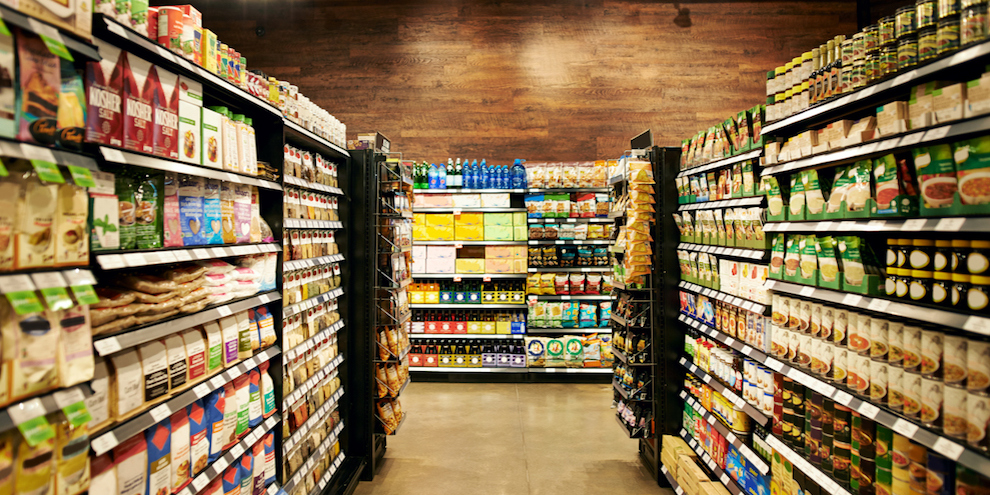Adjusting to the new consumer: How shoppers will purchase items in 2025
Editor’s note: Sam Killip is the VP, customer success at Attest.
Easing inflation is changing what American consumers put in their grocery baskets – as well as where they shop. Consumers are becoming less inclined to make special efforts to curb their grocery spending, spelling good news for food and beverage brands.
Food inflation has declined by 8% since 2022, when it was at its highest since 1979. To see what impact this has had, we compared our most recent food and beverage trends research with data from 2022 (registration required). Then, nearly half of shoppers were trying to buy cheaper foods but that has declined to a third of shoppers. While a couple of years ago 40% of people were controlling their budget by buying less food, only 26% of consumers are doing that today.
Consumers are also less likely to make a trip to a cheaper supermarket (down by -7pp to 27%), and this is reflected in the stores they use most frequently. German discounter Aldi is now used habitually by only 8% of consumers. Walmart, on the other hand, has captured nearly 50% of the market.
Premium brands may soon find themselves back in carts as fewer shoppers are trying to purchase cheaper brands. Since the height of inflation, the practice has declined by five percentage points to 45%. In fact, our data shows that consumers are starting to put a heavier emphasis on quality. Although price still ranks as the main influence on product selection, the ratio between price and quality is shrinking.
Alternative diets are on the decline
The rise of meat-free brands in recent years, together with all the talk about veganism, would have us believe that meat consumption is waning but data suggests otherwise. Vegan, vegetarian, pescatarian and flexitarian diets have all declined, but it’s the flexitarian diet – where people occasionally eat meat – that’s seen the biggest losses. In 2022, 20% of consumers described themselves as flexitarians but today that figure stands at just 12%. In total, only 20% of Americans are following a meat-free or meat-reduced diet.
Losing momentum: How low inflation affects alternative food purchases
There are two factors at play in the decline of plant-based diets. Overall, we see that flexitarianism as a topic is not generating as much interest as it was a few years back. Google Trends shows that flexitarian peaked as a search term in January 2021. Interest appears to have tailed off after the initial buzz around meat-free brands like Beyond and Impossible hitting the market. There has also been bad press around the processed nature of meat substitutes, which has taken the shine off these products.
Meanwhile, the slowing of food inflation means meat is more affordable and therefore the impetus to cut back has lessened. Furthermore, animal alternatives, like plant-based milk, are often more expensive than the real thing. These factors are impacting on the growth of the animal alternatives category. Since 2021, the percentage of consumers who say they purchase plant-based “meat’ has declined by five percentage points to 14%, while the number purchasing plant-based “milk” has declined three pp to 21%.
How food and beverage brands should prepare for 2025
With less pressure on consumers’ pocketbooks, and a growing desire for quality, how will Americans be grocery shopping in 2025? Food provenance looks likely to become a talking point once again. Nearly half of consumers say they try to buy in-season produce, which is an increase of 7.4 percentage points since 2022, while 43% look to purchase locally produced food.
There’s burgeoning awareness about food additives, with 21% of consumers actively trying to reduce the amount in their diet. The issue of food additives is something that consumers want the food industry to tackle, with shoppers ranking it as their third most important concern behind the cost of food and safety of food. Consequently, food brands would be wise to start cleaning up their ingredients list before the issue gains further traction.
Ingredients are likely to come under increasing scrutiny as inflation lessens and consumers can afford to be picky. The desire to eat healthier food is already there, with just under half of Americans trying to reduce their sugar intake and 37% trying to cut their consumption of salt.
While the Food and Drug Administration is considering a requirement to put nutritional information on the front of packaging, our data suggests brands shouldn’t wait for government legislation. The 2025 shopper will be looking for clear information about what’s in their food and where it’s come from. As consumers step away from budget brands and start upgrading their baskets, strong marketing messages around ingredients will likely pay off.
Methodology
The total sample size for the 2025 U.S. food and beverage trends report was 2,000 nationally representative working-age consumers based in the United States. The survey concluded on August 31, 2024. All figures within this article are taken from research conducted on the Attest platform.
